#National costume
Explore tagged Tumblr posts
Text

Latvian Folk Costumes
85 notes
·
View notes
Text

i love them sm
In the meantime, I'm continuing with the theme of drawing out my fish characters in in costumes because it's actually a thing
#my art#my ocs#art#ocs#oc#OC: Tilda Koha#OC: Nansen Koha#whale shark#bunad#norwegian#national costume#german#blacktip reef shark
73 notes
·
View notes
Text
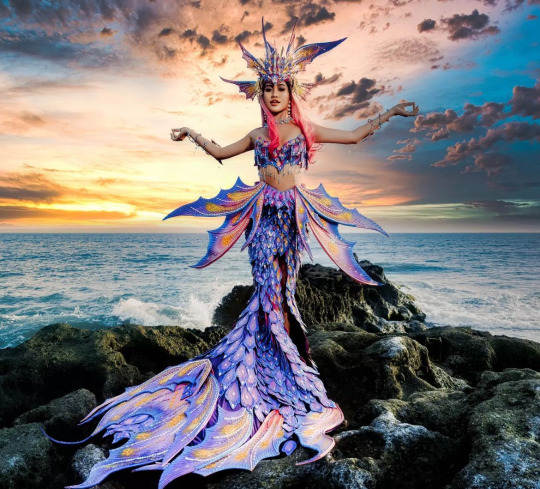

Miss Intercontinental Indonesia 2023 National Costume
519 notes
·
View notes
Text
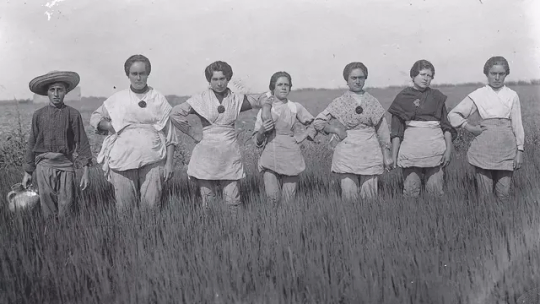
A group of weeders standing in a rice field in Amposta (Terres de l'Ebre, Catalonia). I couldn't find the date but it's most likely from the 1920s-1940s. Photo from Museu de les Terres de l'Ebre.
This photo is interesting because it shows the traditional clothes that women from the Ebro Delta wore until the 20th century. It's very different from the image most people think of when we imagine "traditional women's clothes". The truth is that many countries (including ours when it comes to the pubilla and hereu outfit) fixed their "national costume" in the early 1900s, taking the upper class formal clothes as "the traditional clothes". However, that is not representative of the country in general, particularly of the working classes, nor of the many local variations that are always found around a country.
These weeders are wearing saragüells, which are a kind of tight-fitting trousers made of a light material that can dry easily. On top of this trousers, they wore a skirt that they rolled up to their waist. The reason behind this being the usual work clothes for women in the Ebro Delta area is because it's an area where, since 1860, most people worked in the agriculture of rice. Rice is grown in water, so they worked with their feet and lower part of legs in the water. (Ah, and by the way, yes, of course most women historically worked outside of the home, too.)
Now, here's why I find this interesting: the various dictatorships of Spain who called themselves "traditionalist" (Primo de Rivera's and Franco's) and their followers for many years forbid women from wearing trousers in many ambits or raged against women in trousers for being immoral. How is it possible that "traditionalists" said that, when there are traditional/historical clothes for women that include trousers? Don't "traditionalists" stand for keeping traditions? Well, let's hear the words of one of the movement's founders:
“For the authentic revolutionary conservative, what really counts is to be faithful not to past forms and institutions, but rather to principles of which such forms and institutions have been particular expressions, adequate for a specific period of time and in a specific geographical area.” Julius Evola, Men Among the Ruins: Post-War Reflections of a Radical Traditionalist.
This was said by Julius Evola (1898-1974), one of the ideologues of traditionalism. What he's saying here is that the point of traditionalism is not to be faithful to what the past or the tradition really was like; the point of traditionalism is to have some a priori beliefs and then look back in history and cherry-pick some places where that was the case. History is long and includes millennia of different cultures, you're bound to find pretty much everything at some point, and easily those ideas that have been the status quo in the immediate previous years (which is what they defend). This is why traditionalists defend that European powers are the heirs of Imperial Rome and have claims on other countries as such, but consider things that were completely normal in Ancient Roman culture (homosexuality, multi-racial cities, racial mixing) are not part of what they defend. It was never about following a real tradition or history, that was just an excuse.
These so-called "traditionalist" governments also pick one singular culture from the whole area instead of allowing each area to continue their traditional way of life. In the case of the Spanish dictatorships, exterminating the traditional customs, languages and cultural elements of the nations whose land Spain occupies (Catalans, Basques, Galicians, Aranese...) was a priority. They banned the languages, holidays, songs, and more. At the same time, they imposed one singular language (Spanish), religion (Catholicism), and the holidays, traditions (like bull-fighting), music, etc. of the Spanish with an emphasis on folklore from Andalusia (Southern Spain).
As a historian, it saddens me when people believe that what traditionalists say is really what the past was like, and nowhere do I see more lies than in what the "tradwife" movement have been led to believe. The real past was so much more interesting.
And speaking of trousers... Did you know that France had an 18th-century law that forbid women from wearing trousers which wasn't repealed until 2013? In 1972, the French politician Michèle Alliot-Marie was banned from entering the French Parliament because she was committing the crime of wearing trousers!
#amposta#catalunya#història#fashion#anthropology#fashion history#folk fashion#traditional clothes#europe#history#traditional costume#national costume#traditional fashion#women's history#rice#rice fields#cultures#culture#ethnography
60 notes
·
View notes
Text





Some Mikufied national/regional Finnish clothes! n_n
119 notes
·
View notes
Text



Me in Slovenian folk costume
#folk costume#slovenian folk costume#national costume#fiber arts#embroidery#(it was my grandmothers)#(slippers aren't part of it of course.. lol)#(something is missing on sklepen)
93 notes
·
View notes
Text
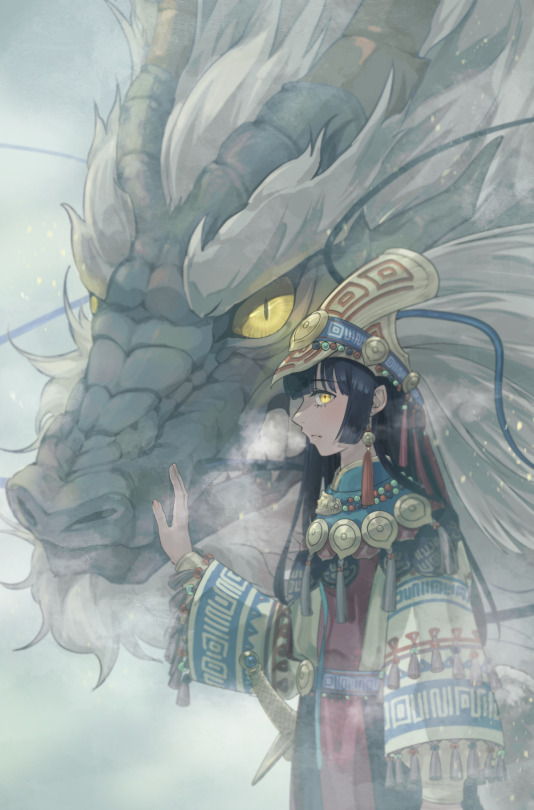
Last year I started a Tumblr out of the blue. I posted nonchalantly, wondering if anyone was getting it. Gradually, the number of "Likes! and followers gradually increased. Thank you so much to everyone who always looks at my work!
I know this is very late, Thank you again for your support this year!
・ ・
Daughter of the Dragon Tribe
#illustration#anime art#original art#art#artwork#degitalart#fantasy#doragon#national costume#イラスト#ファンタジー#ドラゴン#民族衣装
219 notes
·
View notes
Text
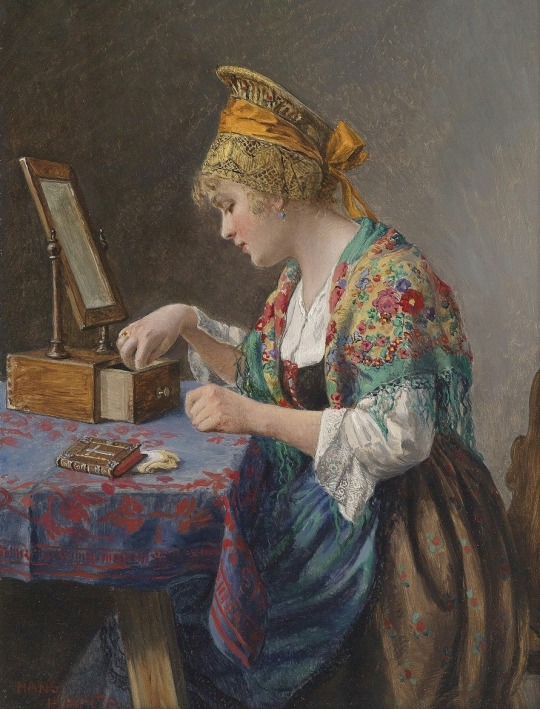
Girl from the Wachau at her Toilette
By Hans Hamza
#art#painting#fine art#classical art#austrian art#austrian artist#austrian painter#genre painting#culture#national costume#austrian culture#european culture#figurative painting#figurative art#european art#austria#europe
97 notes
·
View notes
Photo
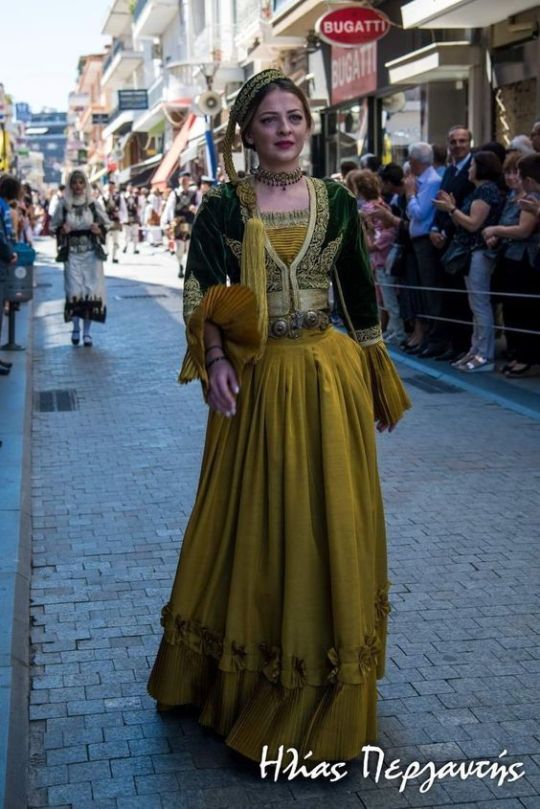
A woman in an Amalia dress - the Greek national costume. Photo by Elias Pergantis.
#greece#historical fashion#traditional clothing#folk clothing#traditional dress#folk dress#fashion#national costume#traditional costume#greek culture#amalia dress#amalia
87 notes
·
View notes
Text
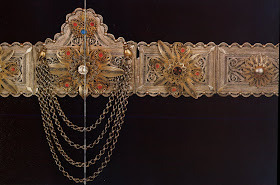
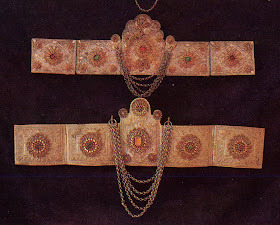

A metal belt, ćemer, is worn around the waist. It is made of several metal plates, the center one of which has a raised arch shape, from which hang five chains. These are often very richly made.
Montenegrin national attire
#montenegro#montenegrin#national attire#southeastern europe#slavic#belt#serbia#croatia#bosnia#balkan#crna gora#црна гора#yugoslavia#nostalgia#national costume#folklore#folk costume#ethnology#србија#југославија#history#historic#eastern europe#balkans
82 notes
·
View notes
Text

Sorry i disappeared again but i drew this sheep for the late Day of Brotherhood of Nations and i think there's a possibility I might be a furry. huh.
#art#my art#digital artist#artists on tumblr#sheep#belarus#furry#furry art#national costume#anthro#furry sheep
36 notes
·
View notes
Text

what if there were two butches from montenegro and they danced together (and dated each other), what then
also u should check out my balkan tag for more of this stuff lol
#butch4butch#butch art#butch#slavic butch#balkan#montenegro#slavic art#slavic#slavic culture#crna gora#trad art#traditional art#folk costume#national costume#south slavic#character design#artists on tumblr#slavic sapphic#butch lesbian#butches#original
150 notes
·
View notes
Text

VEPSIAN SIBLINGS HIIII!!
#my art#my ocs#art#ocs#oc#karelian#vepsian#national costume#FISH setting#lmao Rupi is a frog actually but ANYWAY#pike#red-eye tree frog#OC: Onnöi Kevätkala#OC: Rupi Sammakko
53 notes
·
View notes
Text
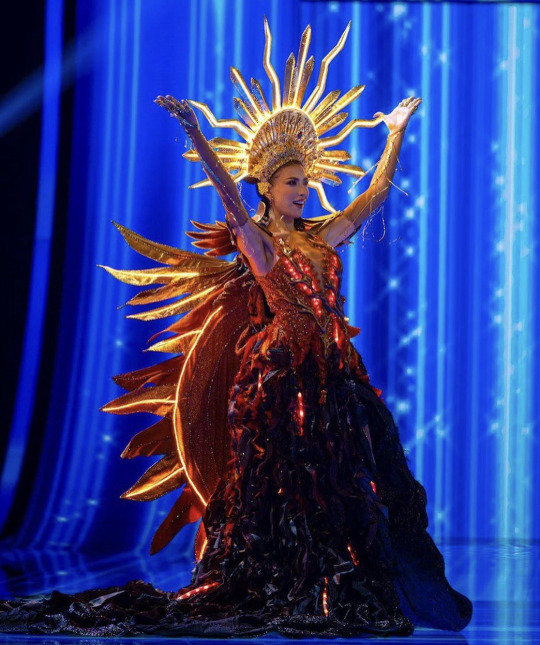

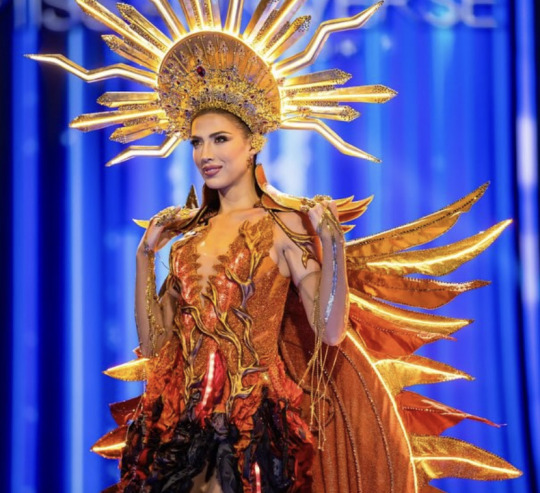
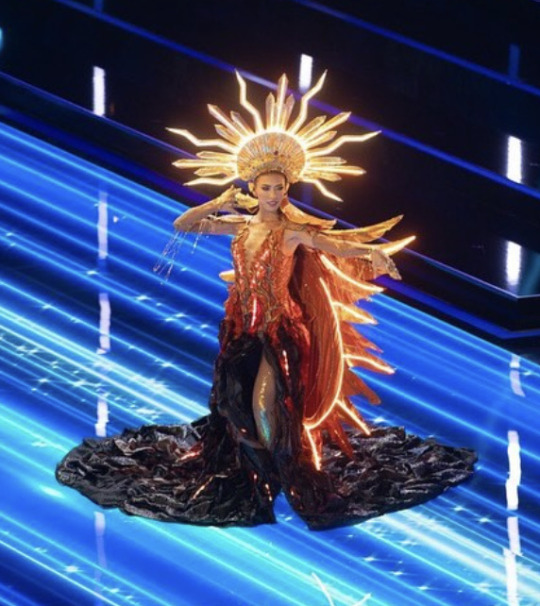

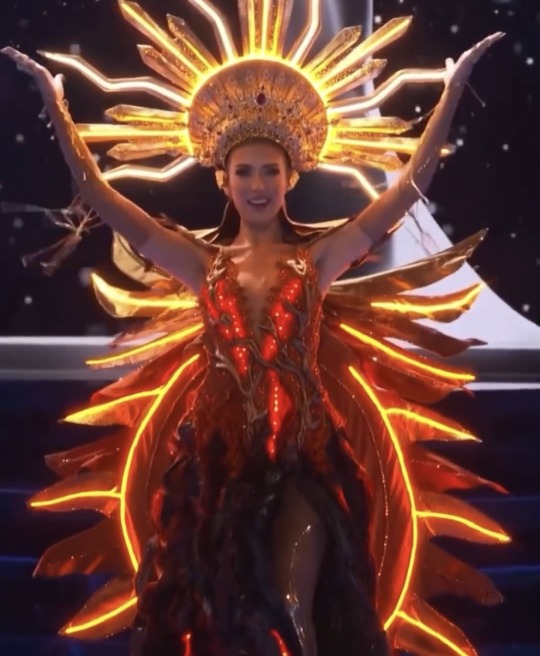


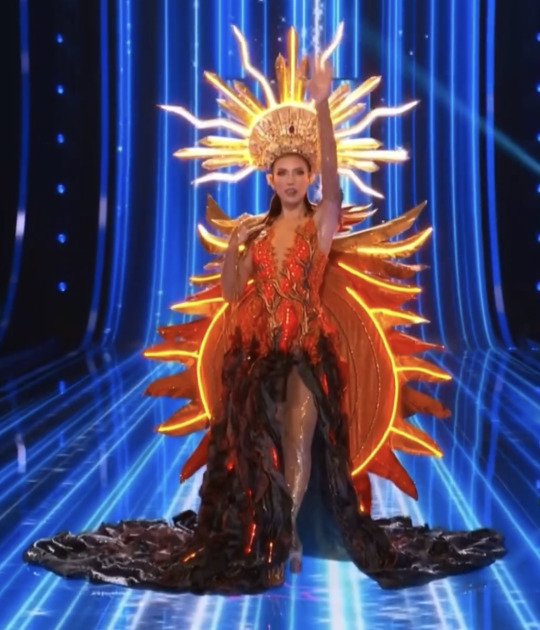
Miss Universe El Salvador 2023 National Costume
482 notes
·
View notes
Text
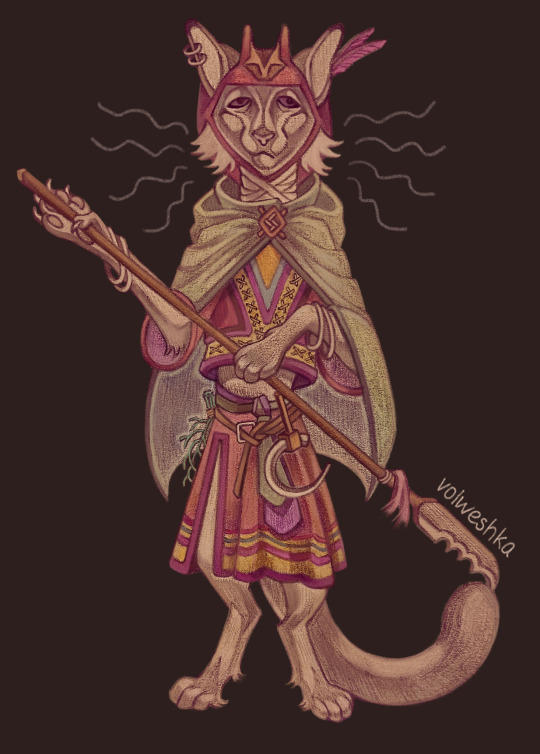
a tired witch cat in a headdress called horned kichka
#traditional art#artists on tumblr#art#artwork#traditional drawing#animal#animal art#cat#cat art#witch#witch cat#illustration#feline#feline art#fantasy#fantasy art#fantasy character#character design#national costume#character art#original character#witch art#digital art#warrior#furry#furry art#character illustration
22 notes
·
View notes
Text






National costumes of the Slavic peoples (1920)
Art by Margaret Hubbard
This post isn’t like my normal military uniforms but I came across this work on some of the costumes of my fellow Slavs, so I thought it’d be a neat thing to share. Nearly a third of Europe (territorially) is made up of Slavic countries.
#history#slavic#slavic art#slavic costume#national costume#Russian#Ukrainian#Croatian#Bosnian#Herzegovinan#Serbian#polish
15 notes
·
View notes